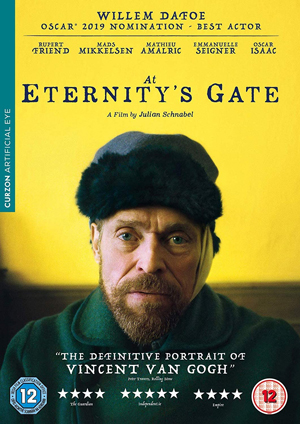Julian Schnabel, At Eternity’s Gate
The vision of Vincent van Gogh
“When facing a flat landscape, I see nothing but Eternity.
Am I the only one to see it?”
—Vincent van Gogh
FOR MANY OF us on a spiritual journey, in the midst of occasional bouts of isolation and loneliness, we can often sense that we are the only person on earth who feels the way that we do. And then, a spectacular work of art presents itself before us, one which is so steeped in the exultation of the transcendent, it gives us hope that there are, and always have been, others walking along a similar path.
At Eternity’s Gate, directed by American filmmaker, Julian Schnabel (born 26th October 1951), is one such revelatory journey inside the world and mind of the Dutch painter, Vincent Willem van Gogh (1853-1890), played by Willem Dafoe, who gives an outstanding performance of an artist driven by an intensely aesthetic vision of life, of nature, of beauty, of God. In spite of the ridicule and mental illness that plagued van Gogh as well as his ill-fated attempts at finding affection, the film documents how he produced some of the most beautiful paintings of his entire career during his final years in Arles, southern France.
Drawing predominantly on the letters of van Gogh written to his brother, Theo, played by Rupert Friend, At Eternity’s Gate is an exquisite meditation of an outlier tortured by creative genius. Stunningly shot with luminous scenes of vibrantly coloured Provençal landscapes set to an emotionally arresting musical score, Schnabel’s lyrical masterpiece presents us with a life lived far beyond the confines of self, a life imbued with emotional and spiritual complexity, a life in search of the divine. As the director makes clear in the programme notes, “His was a life lived rich with magic, profound communication with nature and the wonder of being. His unique perspective is one whose belief and vision make visible and physical the inexpressible … This is about what it is to be an artist.”
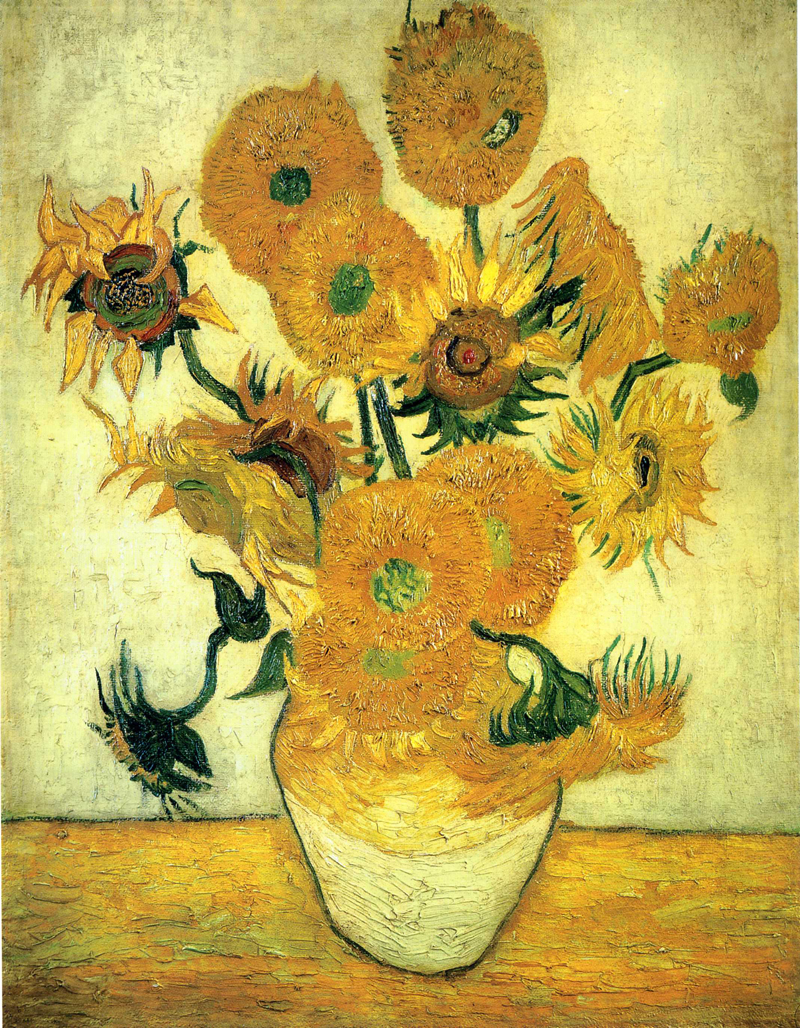
Image: Public Domain
Admire as much as you can; most people do not admire enough … Always take many walks and keep your love of nature, for that is the true way to learn to understand art more and more. Painters understand and love her and teach us to see her.
—Vincent van Gogh
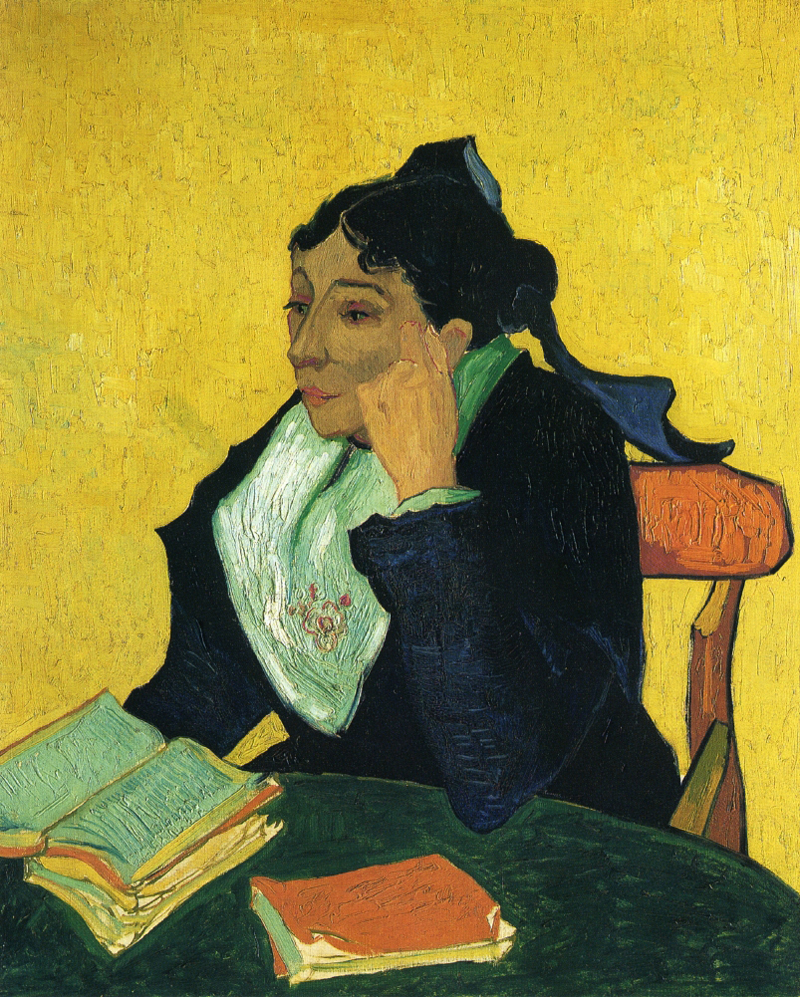
Image: Public Domain
I dream my painting and I paint my dream.
—Vincent van Gogh
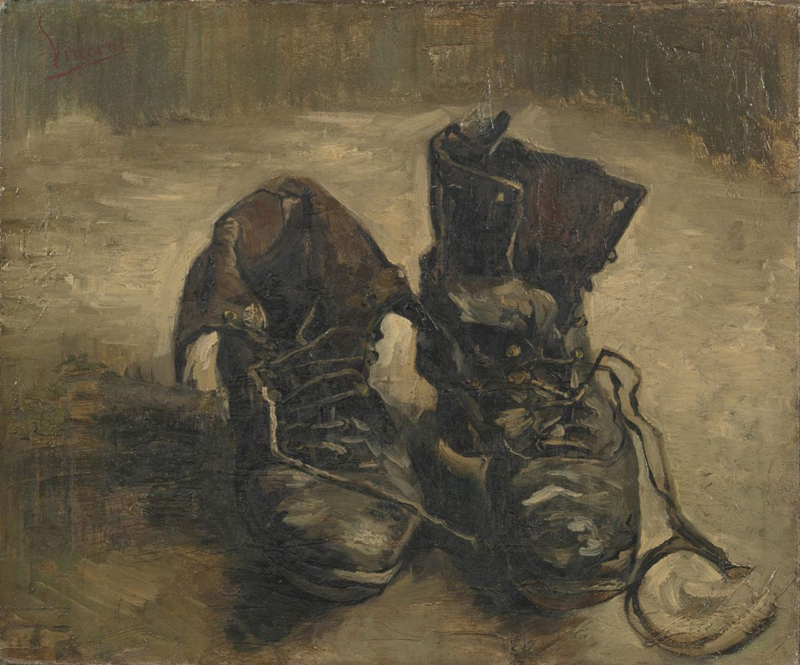
Image: Public Domain
What am I in the eyes of most people—a nonentity, an eccentric or an unpleasant person—somebody who has no position in society and will never have; in short, the lowest of the low. All right, then—even if that were absolutely true, then I should one day like to show by my work what such an eccentric, such a nobody, has in his heart. That is my ambition, based less on resentment than on love in spite of everything, based more on a feeling of serenity than on passion. Though I am often in the depths of misery, there is still calmness, pure harmony and music inside me. I see paintings or drawings in the poorest cottages, in the dirtiest corners. And my mind is driven towards these things with an irresistible momentum.
—Vincent van Gogh
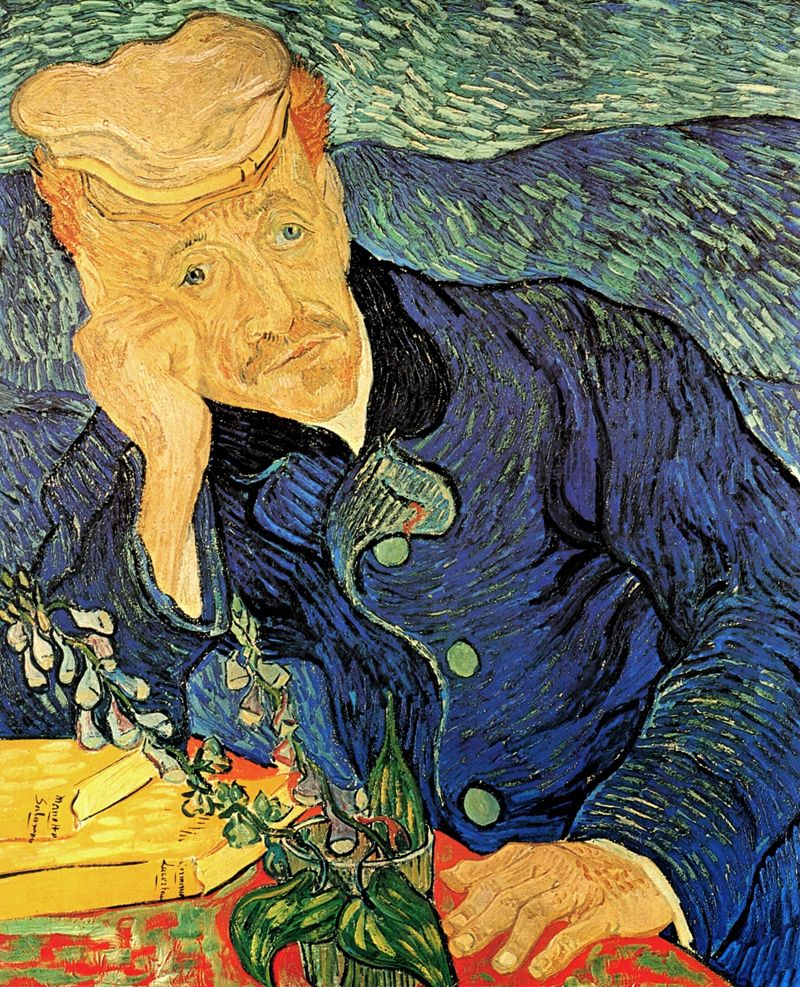
Image: Public Domain
To act in this world one must die to oneself … Man is not down here on earth merely to be happy; he is not even placed here to be simply honest. He is here to realize great things for humanity.
—Vincent van Gogh
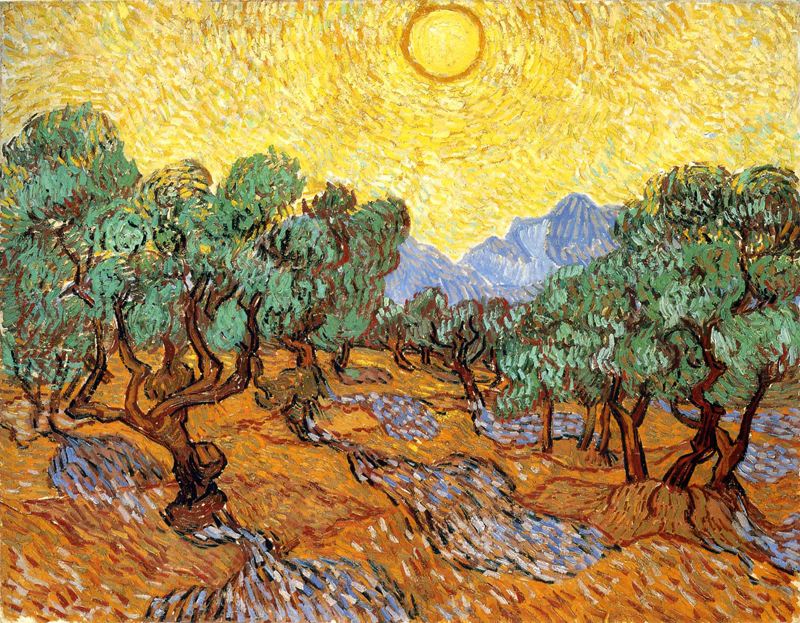
Image: Public Domain
I’m always inclined to believe that the best way of knowing [the divine] is to love a great deal. Love that friend, that person, that thing, whatever you like, you’ll be on the right path to knowing more thoroughly, afterwards; that’s what I say to myself. But you must love with a high, serious intimate sympathy, with a will, with intelligence, and you must always seek to know more thoroughly, better and more.
—Vincent van Gogh
Post Notes
- Andrei Tarkovsky: Instant Light
- Albert Camus: Jonas or The Artist at Work
- Marie Menken: Glimpse of the Garden
- Lisandro Alonso: Jauja
- Paul Cézanne: La Montagne Sainte-Victoire
- Wassily Kandinsky: Concerning the Spiritual in Art
- William Blake: All Religions Are One
- Carl Gustav Jung: The Red Book, Liber Novus
- Nicholas Roerich: Beautiful Unity
